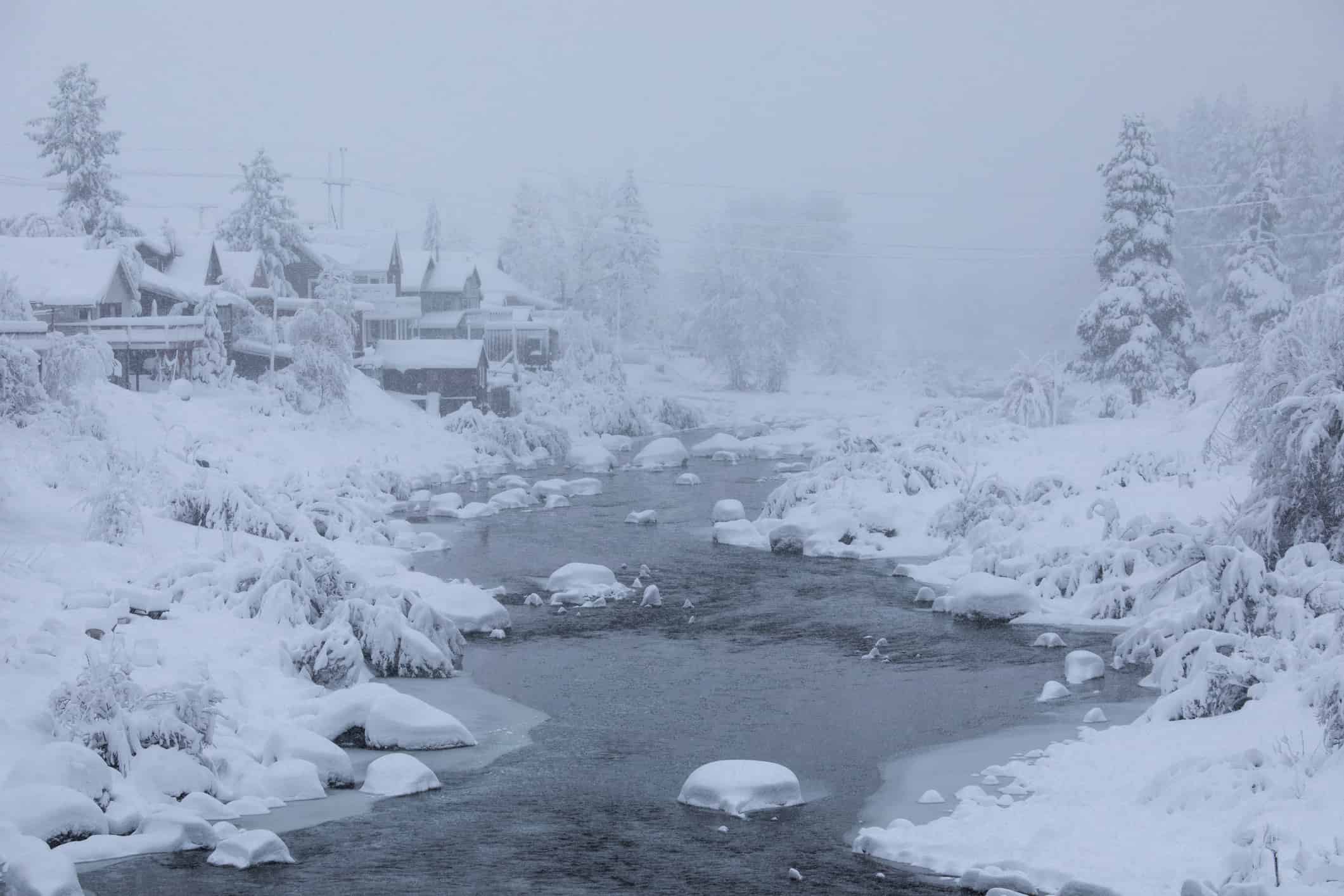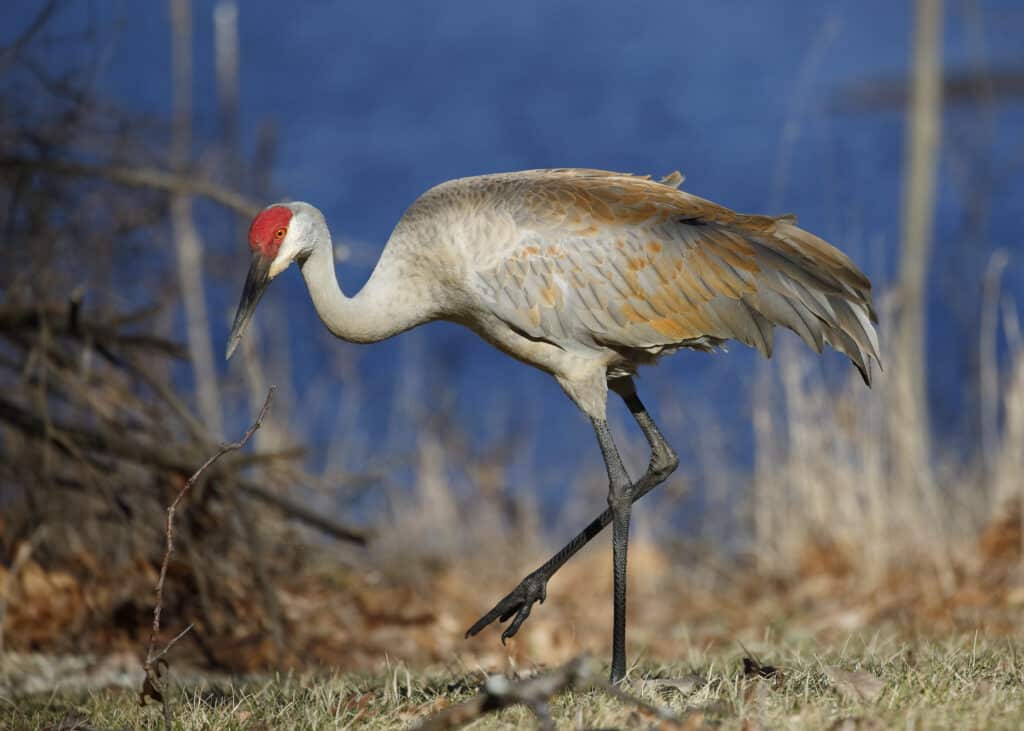Home to Hollywood, the Golden Gate Bridge, and nearly 900 miles of beaches, California is a popular destination for travelers from all over the globe. Californians generally experience clear, sunny skies year-round by the coast, with some spots experiencing more extreme temperatures. With so much coastline, surfing culture is prevalent, along with active lifestyles and progressive perspectives.
Although the outdoors is generally welcoming throughout the year, sometimes temperatures dip. When they do, resident Californians are the first to get their boots on, pull their coats out of their closets, wrap scarves around their necks, and pick up a hot drink at their local coffee shop. However, nothing could prepare them for the winter they experienced this year.
The Coldest Winter Ever Recorded in California’s History
Boca, formerly a reservoir located in Nevada County, is the site where the lowest temperature was recorded in California. Located just north of Lake Tahoe, Boca dipped into subzero temperatures on January 20, 1937. The lowest recorded temperature was an unimaginably frigid -45 °F. This area receives cold mountain air that gets funneled down through the Truckee River canyon, which is why it experiences such cold temperatures. This weather event brought disaster to the former town, with reports detailing frozen toes and influenza outbreaks. Water pipes broke, streets were icy, and travel conditions were dangerous.
California is also home to desert land, including the Mojave Desert and Death Valley, where temperatures get extreme. The Mojave Desert generally experiences below-freezing temperatures with an average of 8 °F during winter months. Death Valley is warmer, with dips into the upper 30’s during winter months. The Sierra Nevada regions in the eastern part of the state are the coldest with two exceptions including Bridgeport and Bodie. Bodie is an old mining ghost town with an elevation of 8,370 feet. Although visitors can drive through the deserted town, there are no residents in this area. Here, the lowest temperature recorded was -29 °F.

Boca receives cold mountain air that gets funneled down through the Truckee River canyon, contributing to its -45 °F record in 1937.
©iStock.com/hale irwin
Average Highs and Lows This Year
On average, California winters get cold and snowy with cloudy skies. The temperatures rarely dip below 17°F. Generally, Californians experience temperatures between 29 °F and 87 °F. For snow activities, locals and tourists can head up to the mountains like Big Bear, Mammoth, or Frazier Park, where they can enjoy snowshoeing, sledding, and snowboarding. The cold season spans from December 3 to March 7 and Californians enjoy an average temperature of 52 °F. January is the coldest month in California, with an average low of 30 °F and an average high of 44 °F.
This winter, Bridgeport experienced some of the coldest weather in the state, with a recorded temperature of -27 °F. This is a mountainous area that is known for freezing weather, but an unusual weather event has lowered its average temperature. Usually more like 10 °F during winter months, Bridgeport consistently experienced 30 degrees below their average temperature. This wasn’t the only location in California that experienced extreme weather.
This winter, an onslaught of storms blasted through the state along with 20 feet of snow in some areas and hurricane-force winds. Approximately 32 trillion gallons of water were dumped across the state, setting new records. Although rain is usually welcome in a state with a multi-year drought, it was as if the dam broke. The punishing storms left a trail of destruction in their wake, with at least 20 reported deaths. There was flooding, rockslides, power outages, fallen trees, and coastal erosion. These storms started just after Christmas on December 27 and persisted through January 16, leaving Californians understandably stunned.

This winter, an onslaught of storms blasted through California along with 20 feet of snow in some areas such as Lake Tahoe.
©iStock.com/hale irwin
Animal Migration in California
In spring, there are several migrations that those in California can enjoy. The Pacific Flyway is a migratory bird route that sees a variety of birds in the spring, including warblers, swallows, egrets, bald eagles, and herons. Several California parks are great for viewing this spectacle, like the Carrizo Plain in Santa Margarita.
With an impressive wingspan of more than six feet and a height of four feet, sandhill cranes are birds you can’t miss. These return to California during the early part of spring, sometimes traveling up to 350 miles in a single day. Along with the Carrizo Plain, birders can also travel to Staten Island in San Joaquin County or the Consumnes River Preserve in Sacramento County to take in their awe-inspiring magnificence.
During the Pacific spring migration, it’s a good idea to hop on a boat and go whale watching. Gray whales travel from Baja up to Alaska between March and May, with pregnant cows leading the way a month earlier than the rest of them. Even if you don’t get on a boat, you may still be able to spot them from shore as they grow up to 50 feet long.

Sandhill cranes return to California during the early part of spring, sometimes traveling up to 350 miles in a single day.
©Brian Lasenby/Shutterstock.com
The photo featured at the top of this post is © iStock.com/hale irwin
Thank you for reading! Have some feedback for us? Contact the AZ Animals editorial team.






